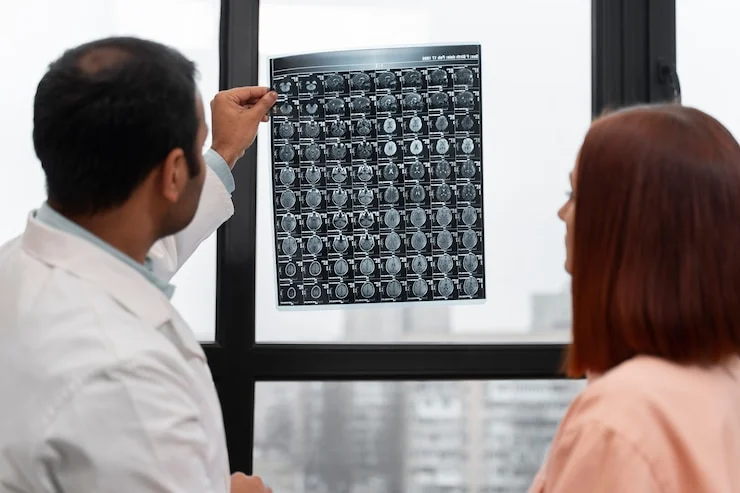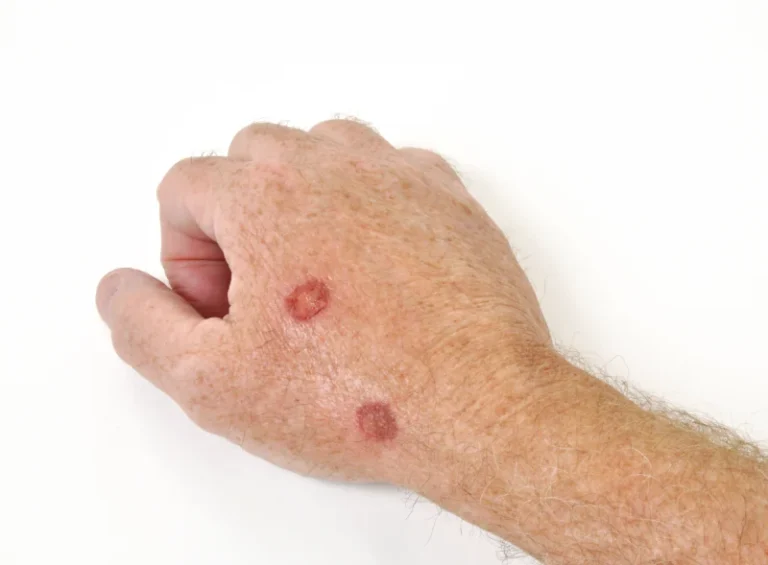Brain scans identify six types of depression and anxiety

In the future, treating depression might involve a quick brain scan to identify the most effective therapy for each individual. An analysis of brain activity during rest and while performing specific tasks, conducted among a large group of people with depression and anxiety, identified six distinct patterns of brain activity, symptoms, and treatment responses.
The study, conducted by teams from the US and Australia, also determined which treatments are most effective for each of these patterns. This opens up the possibility for doctors to match patients with the best therapies based on the specific functioning of their brains.
“The dominant ‘one-size-fits-all’ diagnostic approach in psychiatry leads to switching between treatment options through trial and error,” writes Stanford University neuroscientist Leonardo Tozzi and his colleagues in the published paper, “which is time-consuming, costly, and frustrating, with 30-40 percent of patients not achieving remission after trying one treatment.”
For the study, the researchers analyzed 801 participants diagnosed with various disorders, such as major depressive disorder, generalized anxiety disorder, panic disorder, social anxiety disorder, obsessive-compulsive disorder, and post-traumatic stress disorder. Additionally, they included 137 people without these disorders as a control group.
Using fMRI brain scans, the scientists obtained 41 measures of activation and connectivity for each participant, focusing on six brain circuits related to depression. The scans were performed both at rest and in response to cognitive and emotional tasks.
With the aid of machine learning, the participants with depression and anxiety were grouped into six types, based on specific brain pathways that showed hyperactivity or hypoactivity compared to the controls. “To our knowledge, this is the first time we have been able to demonstrate that depression can be explained by different disruptions in brain functioning,” says senior author Leanne Williams, psychiatrist and behavioral scientist at Stanford University.
Subsequently, 250 participants were randomly assigned to receive one of three antidepressants or participate in talk therapy. Venlafaxine proved to be most effective for individuals with hyperactivity in cognitive brain regions. Talk therapy worked better for those with more activity in brain areas linked to depression and problem-solving. On the other hand, people with low activity in the brain’s attention circuit benefited less from talk therapy, suggesting that medication might be more suitable initially.
“To really move the field toward precision psychiatry, we need to identify the treatments most likely to be effective for patients and get them into that treatment as quickly as possible,” says public health scientist Jun Ma from the University of Illinois. “Having information about brain functioning… would help inform more precise treatments and prescriptions for individuals.”
In 2023, part of the same team identified a new cognitive biotype of depression, which affects 27% of people with major depressive disorder. This specific group, with deficits in attention, memory, and self-control, often does not respond to antidepressants targeting serotonin. Earlier this year, Williams and a colleague, using fMRI, were able to predict remission with 63% accuracy, compared to 36% without this technology. New treatments for this biotype are being explored.
Depression is complex and multifaceted, and finding an effective treatment can be challenging. Advances like these, which allow for a more personalized approach, are important steps towards improving treatment efficacy. “It is very frustrating to be in the field of depression and not have a better alternative to this one-size-fits-all approach,” says Williams. “Our goal is to figure out how we can get it right the first time.”
The research has been published in Nature Medicine.






